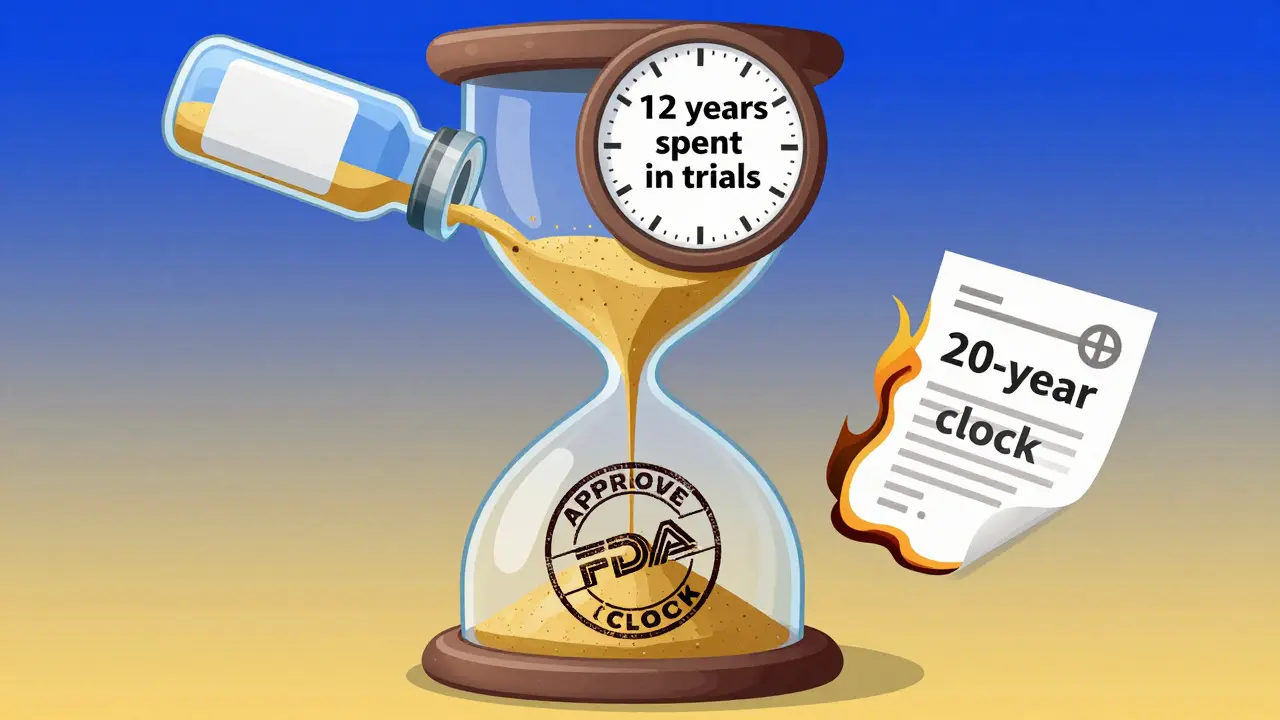Mechanism of Action: How Medicines Work
One pill can change how your brain, muscles, or gut behave. But how? "Mechanism of action" is the simple phrase that explains the exact way a medicine causes that change. Knowing it helps you predict side effects, spot drug interactions, and choose better treatment options.
Think of a drug like a key. Your body has locks — receptors, enzymes, ion channels — and the drug either fits the lock, jams it, or changes the lock’s behavior. That short idea explains most medication effects.
Common types of mechanisms — explained plainly
Here are the basic ways medicines act, with short examples you’ll recognize:
- Receptor agonists and antagonists: Agonists turn a receptor on; antagonists block it. Example: Ropinirole acts like dopamine and activates brain dopamine receptors; an antagonist would block those same receptors.
- Enzyme inhibitors or activators: Some drugs stop an enzyme so a chemical can’t be made. Ibuprofen (Motrin) blocks COX enzymes to lower inflammation. Others boost enzyme activity, though that’s less common in everyday meds.
- Reuptake inhibitors: These block the transporter that removes a neurotransmitter, so its level stays higher in the brain. Amitriptyline (Endep) reduces reuptake of serotonin and norepinephrine, which helps mood and pain in some cases.
- Ion channel modulators: These open or close channels that control cell electrical activity. Many seizure medicines and some pain drugs work this way.
- Local or topical actions: Some drugs act where they stay. Rifaximin, used for gut issues, mostly works inside the intestine without being absorbed into the bloodstream.
Why the mechanism matters for you
If you know how a drug works, you can predict likely side effects and interactions. For example, drugs with anticholinergic effects (sleepiness, dry mouth) share a similar mechanism, so taking several at once increases those problems. Knowing a medicine is a CYP enzyme inhibitor or inducer tells you whether it will change blood levels of other drugs.
Mechanism also explains speed and duration. A receptor agonist may act quickly (minutes to hours), while changing gene expression or enzyme levels can take days or weeks. That’s why some migraine preventives need weeks to show benefit, while inhalers give fast relief.
Use this tag to find practical articles that explain mechanisms in plain language: pieces about ibuprofen (Motrin), amitriptyline (Endep), avanafil for ED, or gut antibiotics like rifaximin alternatives all show how mechanism links to real effects and risks. When reading, look for the target (what the drug hits), the action (turn on, block, inhibit), and the expected results and side effects.
Practical tips: always check the mechanism on the drug page or leaflet, tell your clinician about all medicines and supplements you take, and ask how a new drug’s mechanism might interact with your current meds or conditions. If something doesn’t match your expectations, ask why — the mechanism gives the answer.
Curious about specifics? Browse the tagged articles for clear examples and safety advice tied directly to how each drug works. That knowledge makes your medicine choices safer and smarter.






